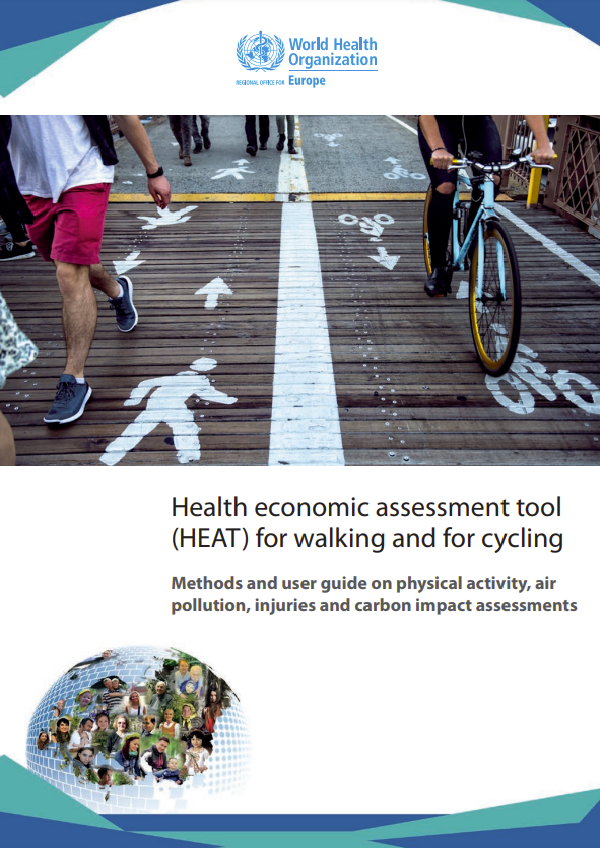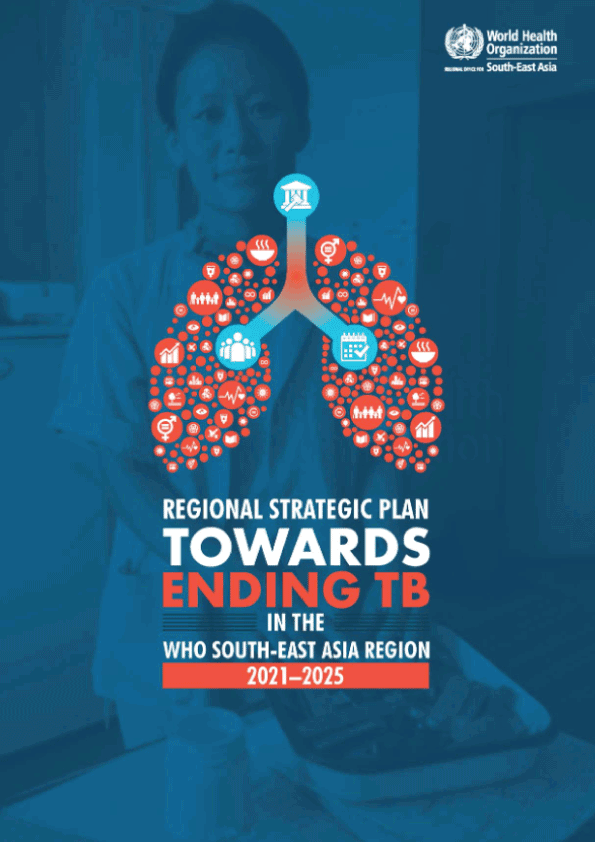Physical inactivity is a significant public health problem in most regions of the world. It is unlikely to be solved by classical health promotion approaches alone, such as organized forms of sport or exercise done in leisure time. Promoting cycling and walking is a promising route to getting more physical activity, since it can be more readily integrated into people’s busy schedules than, for example, leisure-time exercise. It is also a win-win approach: it not only promotes health but can also lead to positive environmental effects, especially if cycling and walking replace short car trips. These forms of physical activity are also more practical for population groups for which sport is either not feasible because of physical limitations or is not an accessible leisure activity for economic, social or cultural reasons. There is great potential for active travel in European urban transport, since many trips are short and would be suitable to being undertaken on foot or by bicycle. This, however, requires effective partnerships with the transport and urban planning sectors, whose policies are key driving forces in providing appropriate and safe conditions for such behavioural changes to take place. Several international policy frameworks have recognized this, such as the Action Plan for the Prevention and Control of Noncommunicable Diseases in the WHO European Region. The Action Plan proposes a focus on planning and designing appropriate mobility plans and transport infrastructure as one of the actions to increase physical activity through active transport at all ages. The WHO European Strategy on Physical Activity launched in 2016 includes a specific objective to reduce car traffic and increase walking and cycling suitability. The Paris Declaration: City in Motion – People First! adopted by the Fourth High-level Meeting on Transport, Health and Environment in 2014 includes a priority goal on promoting policies and actions conducive to healthy and safe modes of transport, including walking and cycling.
Transport is an essential component of life and a basis for providing access to goods and services. Different modes of transport are associated with specific effects on society, including health, environment and economic effects. Fully appraising these effects is an important basis for evidence-based policy-making. Economic appraisal is an established practice in transport planning. However, techniques for assessing the economic value of the benefits to health of cycling and walking have historically been applied less systematically than theapproaches used for assessing the other costs and benefits of transport interventions or new infrastructure.
The valuation of health effects is a complex undertaking, and transport planners are often not well equipped to fully address the methodological complexities involved. A few countries in Europe, such as those working through the Nordic Council (Denmark, Finland, Iceland, Norway and Sweden), have carried out pioneering work in trying to assess the overall costs and benefits of transport infrastructure taking health effects into account, and guidance for carrying out such assessments has been developed. Nevertheless, important questions have remained.
Coordinated by WHO, steered by a core group of multidisciplinary experts and supported by ad hoc invited relevant international experts,1 this project was started in 2005, aimed at developing guidance and practical tools for economic assessments of the health effects from cycling and from walking. The main product of the project is the health economic assessment tool (HEAT) for walking and cycling, a harmonized method for the economic valuation of health effects of cycling and walking, based on the best available evidence and international expert consensus.











